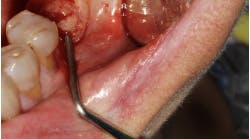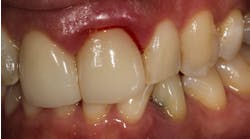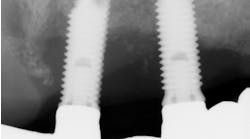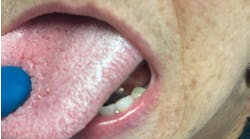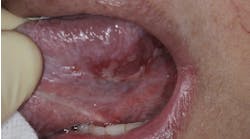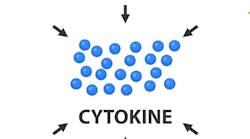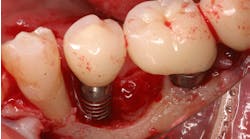Prilocaine dental anesthetic poses a greater risk of increased methemoglobin in children
Anesthesia Progress – Local anesthetics have played an important role in the evolution of modern dentistry. While their use has made many dental procedures commonplace, they do come with risks. Methemoglobinemia, a condition that affects oxygen levels in the blood, can result from injections of some local anesthetics. High levels can pose a risk to children in particular.
The journal, Anesthesia Progress, reports results of a study measuring methemoglobin levels following the use of two injectable local anesthetics. Study subjects were 90 children from 3 to 6 years old who were undergoing dental rehabilitation under general anesthesia. They were randomly assigned to one of three groups—one using 4 percent prilocaine plain, one using 2 percent lidocaine with 1:100,000 epinephrine, and one with no local anesthetic.
Methemoglobin is a form of hemoglobin in which ferrous (iron) ions oxidize to become ferric ions, ultimately causing less oxygen to be transported and released to the body’s peripheral tissues. While methemoglobin normally makes up 1 to 2 percent of a person’s hemoglobin, higher percentages can cause problems. As methemoglobin levels progressively increase, symptoms can range from skin discoloration to headache, fatigue, dizziness, seizures, and coma.
The current study measured and compared maximum methemoglobin levels reached and the length of time it took to reach these peaks. The group treated with prilocaine showed significantly higher maximum methemoglobin levels. Those treated with the lidocaine and epinephrine combination did not experience methemoglobin levels any greater than the group given no local anesthetic. There was a notable difference in the time taken to reach peak levels. The group that did not receive a local anesthetic displayed peak levels in about a half hour while the other groups were about an hour into the procedure before peak levels occurred.
While most dental clinicians are aware that methemoglobin can be induced by specific dental local anesthetics, they may not be as knowledgeable of the levels and toxic manifestations that can occur. Dental clinicians treating pediatric patients should be particularly vigilant of dosing guidelines that can help ensure the patient’s safety.
Full text of “Methemoglobin Levels in Generally Anesthetized Pediatric Dental Patients Receiving Prilocaine Versus Lidocaine,” and other articles, Anesthesia Progress, Vol. 60, No. 3, 2013, are available at http://www.anesthesiaprogress.org/doi/full/10.2344/0003-3006-60.3.99
AboutAnesthesia Progress
Anesthesia Progress is the official publication of the American Dental Society of Anesthesiology (ADSA). The quarterly journal is dedicated to providing a better understanding of the advances being made in the science of pain and anxiety control in dentistry. The journal invites submissions of review articles, reports on clinical techniques, case reports, and conference summaries. To learn more about the ADSA, visit: http://www.adsahome.org/

